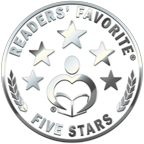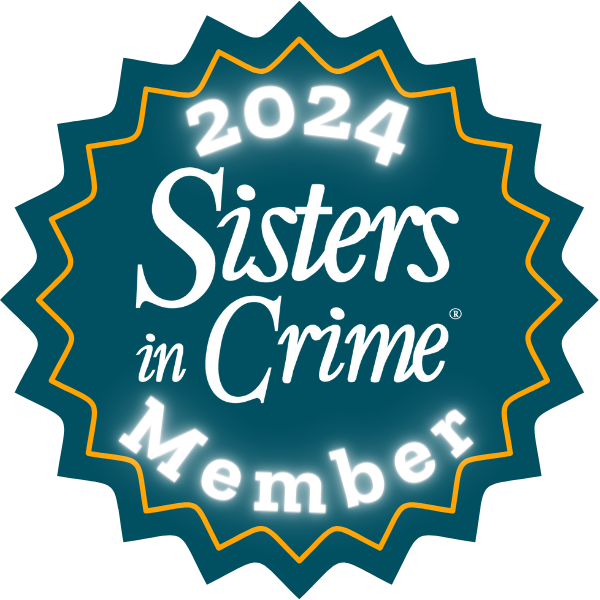Well, turns out this week has a theme! After Wednesday’s impromptu character interview for International Women’s Day, today’s book review fits right in. This week, my research read is Maria Tatar’s The Heroine with 1,001 Faces.
“[Heroines] wear curiosity as a badge of honor rather than a mark of shame, and we shall see how women’s connection to knowledge, linked to sin and transgression and often censured as prying, is in fact often symptomatic of empathy, care, and concern.”
Tatar, p. xiv
The Heroine with 1,001 Faces is a response to–and an expansion of–Joseph Campbell’s famous work, The Hero with a Thousand Faces. If you’re interested in mythology, fairy tales, or writing, you’ve probably run across Campbell’s “Hero’s Journey” and similar ideas. Campbell himself considered the “hero” figure to be intrinsically male; stories in which a woman goes on a journey or faces trials–for example, Psyche from Greek myth–were simply anomalies to him. In her book, Tatar spends the first several chapters exploring Campbell’s ideas and their limitations before going on to examine famous stories featuring women, ranging from ancient myth to Wonder Woman and Nancy Drew.
Tatar’s basic premise seems to be that the hero is a superhuman, conquering, often violent figure, while heroines are characterized by curiosity, compassion, and an interest in justice. She argues for the development of a new Hero’s Journey. For my part, as a female author with a female amateur sleuth, I particularly enjoyed Tatar’s thoughts on curiosity:
“Curiosity was reviled by the ancients, who saw in it a form of aimlessness linked to prying and snooping . . . as if women’s real frailty lies in the inability to resist the urge to know more: ‘Curiosity, thy name is woman.’ The inquisitive woman also becomes the compassionate woman, deeply invested in . . . restoring fairness to the world through concern and attentiveness.”
Tatar, p. 167
Now, while I found Tatar’s writing inspiring, I have to say that it wasn’t the easiest book to read. (You may have already gathered that from the quotes.) Tatar is a Harvard professor and she writes exactly the way you’d expect an incredibly learned, rather old-fashioned professor to lecture to an upper-level class. References that to her are clearly off-hand flew right over my head. She dives deep into her examples, and sometimes her observations seem to wander just a little before reaching a conclusion. It’s all very interesting and worthwhile observations, of course, but perhaps not the best research tome to tuck into after a long day. 😉
It’s also worth noting that this is a work of literary criticism, not a how-to or reference guide. So if you’re looking for an updated encyclopedia of feminine roles and role reversals . . . this isn’t quite it. (Can I admit how much I’d like that, though? 😉 ) I think the point of the book is, in fact, to give us the groundwork to go forward and create such resources if we want them, and more importantly, to build on them. And in that spirit, I’ll end with a quote from the book’s conclusion:
“Words change us. Writing transforms us . . . The women writers who dared to speak and shape new ways of thinking about our world also created new tools, less for dismantling what we have than for building rich alternatives . . . offering up a thousand and one possible ways to be a heroine.”
Tatar, p. 290
Chicago-Style Citation
Tatar, Maria. The Heroine with 1,001 Faces. New York, NY: Liveright Publishing Corporation, 2021.
Want to Keep in Touch?
Options! You can sign up for my newsletter, which comes out twice a month and includes sneak peeks, book recommendations, cat pictures, and a round up of recent blog posts. Or, you can subscribe to the blog itself, to make sure you never miss an upcoming release. You can also do both! Either way, I’ll never share your info, and I’m looking forward to sharing with you again. 🙂
Newsletter:
Blog:






March 12, 2023 at 6:54 am
That’s interesting how this post follows your own with the women in Belville. Definitely echoing your thoughts. Fascinating!
March 13, 2023 at 2:48 pm
Isn’t it funny how things come together that way? I actually hadn’t started reading this book yet when I wrote that post (because procrastination is real, haha). But thinking about Red and her friends and how they fit into the larger world definitely influenced me to pay special attention to those quotes in the book! 😉